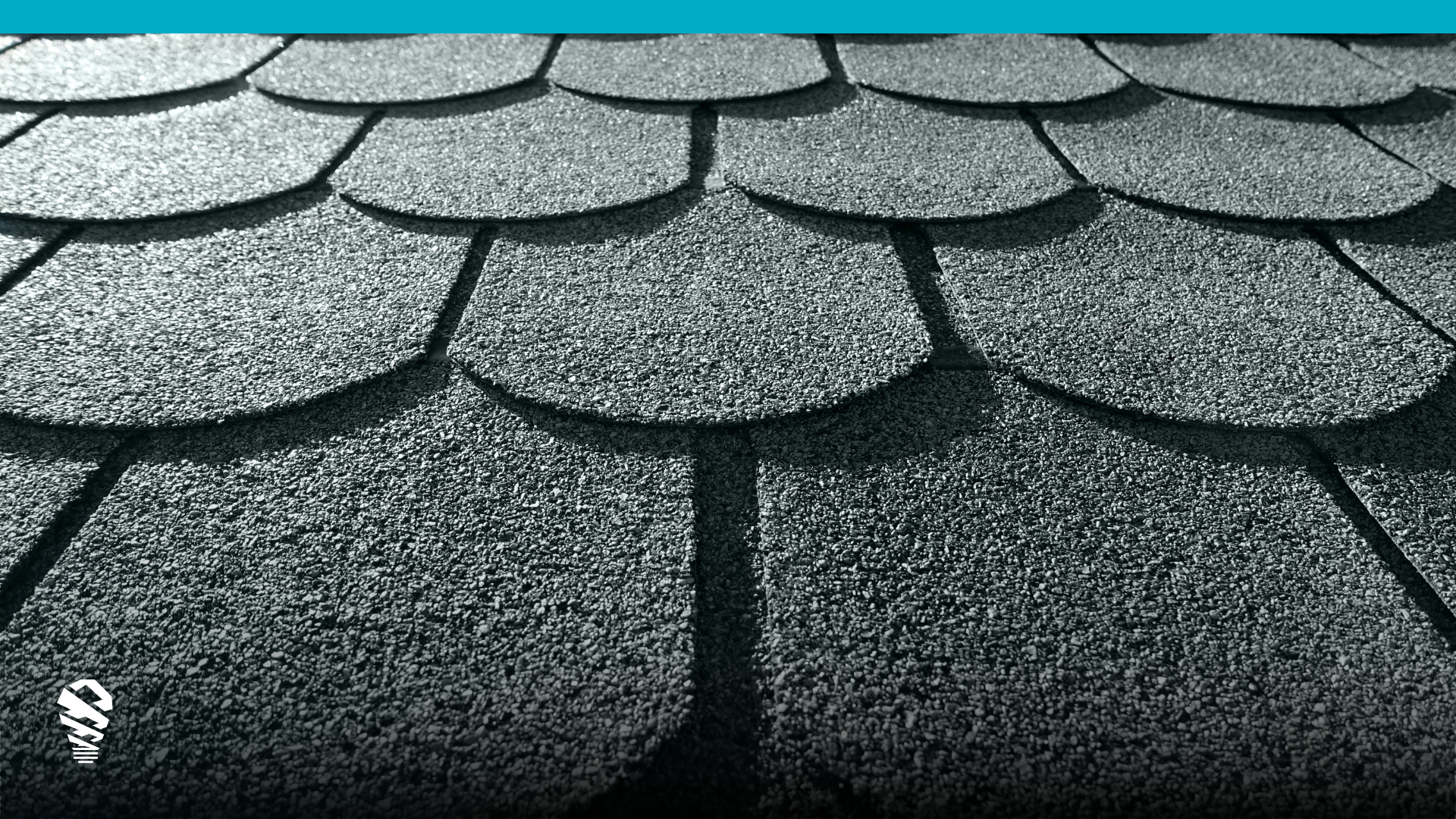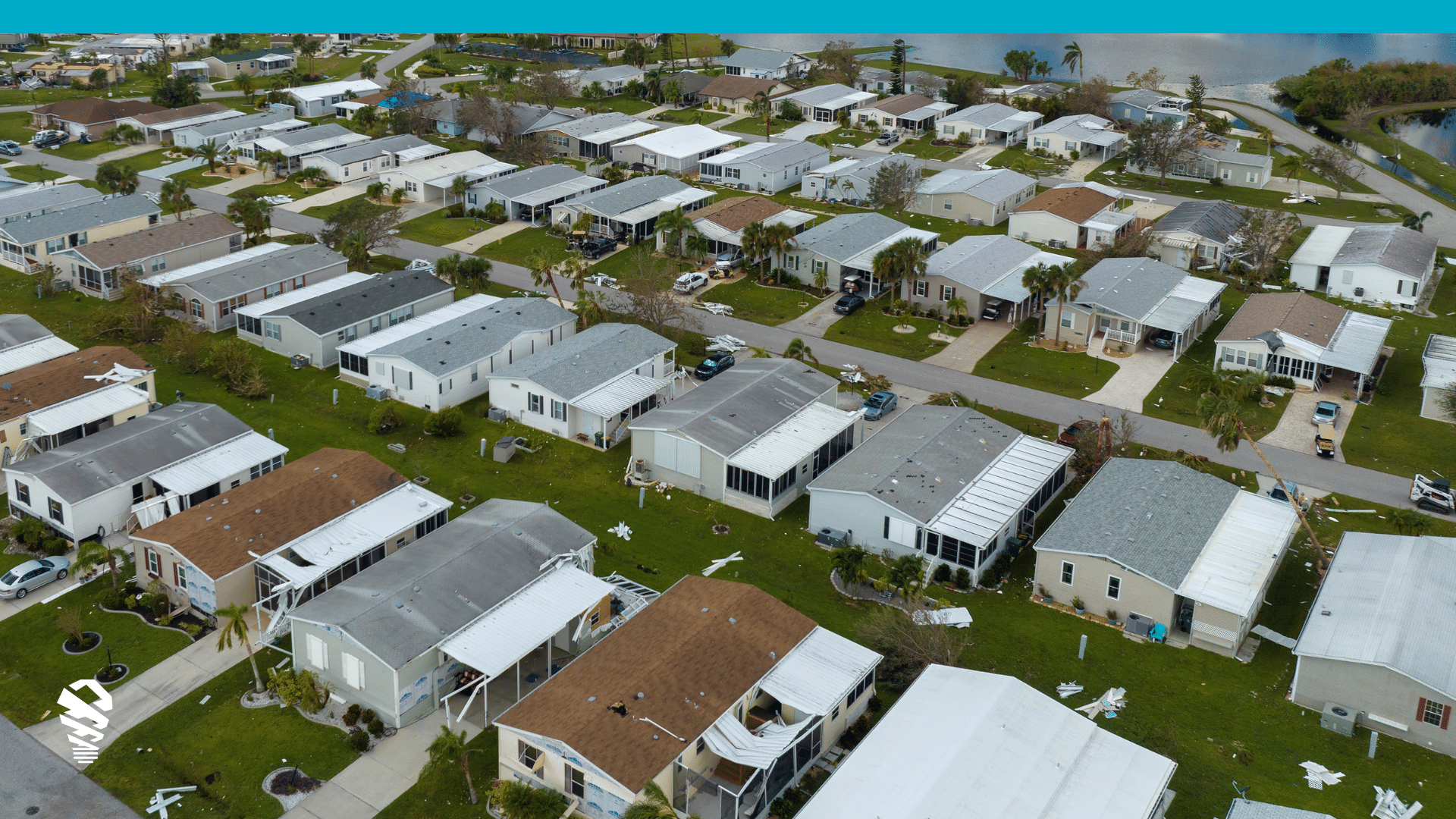As the rooftop solar market continues to adjust to the changes brought on by NEM 3.0 and stubbornly high interest rates that have lowered demand for financed systems, Third Party Owned (TPO) systems have grown in popularity. However, experts in selling financed systems often find that selling TPO systems is a more complex deal requiring ultra-accurate production projections.
What are TPO Systems?
TPO photovoltaic (pv) systems are financing structures where a third party—often a solar leasing company or a power purchase agreement (PPA) provider—owns the solar system installed on a homeowner’s property. The stakeholders include the system owner (financier), the installer, and the homeowner. From an installer’s perspective, TPO arrangements can lead to consistent work volume due to partnerships with financiers. However, they may also face challenges like tighter profit margins and dependency on the financier’s terms. While TPO allows installers to engage with customers who may not have upfront capital, it also necessitates precise installations and designs due to the high cost of change orders.
TPO Challenges for Installers
However, TPO projects frequently encounter higher change order rates compared to customer-financed systems. Recent reports show over 40% of project submittals are rejected due to inaccuracies, a red flag waving to all installers that a change in process is needed. Since the installer is designing to the needs of two parties, the homeowner and TPO – who have very specific expected returns on the system – change orders skyrocket. In this article, we’ll explain how IMGING provides unapparelled accuracy and production targets, allowing you to design and sell TPOs with confidence.
Avoiding Change Orders
Accurate shading assessment is critical for optimizing panel placement, enhancing energy output, and ensuring project profitability for the system owner. Inaccuracies in system output can crash financial returns and operational efficiency. The answer is precise shade data to ensure projected performance. Shade tools have advanced tremendously in the past decade, with IMGING’s approach to shading standing out among the crowd, validated by DNV, and accepted by lenders. IMGING calculates roof shade in six-by-six inch roof squares every hour of the year for unparalleled accuracy.
By leveraging drone technology for precise topographical and obstruction data collection, installers have the most accurate and recent site survey data available anywhere. IMGING features also enable the ability to add or subtract shade obstructions, such as vegetation growth or removal and nearby construction. This ensures the one-time site survey data capture can calculate the future of shade production, ensuring the longevity and efficiency of solar installations.
Conclusion
Solar installers placing more TPO systems than in the past need to rachet up the precision of their designs. Advanced shading analysis is not merely a check-the-box technical requirement but a strategic asset in an installers arsenal to cut change orders and deliver projects on schedule, with minimal creation costs. Increasing focus on accurate data early in the project leads to lower change orders and more profit per job. For that, IMGING is here to help.



![How to Measure a Roof With a Drone [Updated April 2023]](https://www.lovelandinnovations.com/wp-content/uploads/2024/04/How-to-Measure-a-Roof-With-a-Drone-Updated-April-2023.png)




